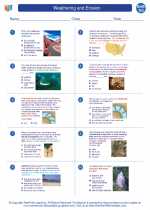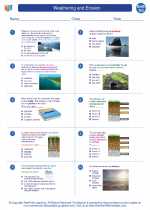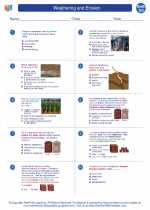Leeches
Leeches are segmented worms that belong to the phylum Annelida and class Hirudinea. They are found in freshwater, marine, and terrestrial environments, and are known for their blood-feeding habits.
Anatomy of Leeches
Leeches have a cylindrical body with 34 segments, each of which may have a pair of small appendages. Their bodies are divided into an anterior (front) and a posterior (rear) region. They also possess a sucker at both ends of their body which helps them to move and feed.
Feeding Habits
Most leeches are hematophagous, meaning they feed on blood. They use their anterior sucker to attach to their host and make small incisions with their teeth to feed on the blood. However, not all leeches are blood-feeders, some are detritivores or predators.
Ecological Importance
Leeches play an important role in aquatic ecosystems as they help to control populations of snails, insects, and other invertebrates. They also serve as indicators of water quality, as they are sensitive to pollution and changes in their environment.
Medical Uses
Leeches have been used in medicine for centuries. Their saliva contains a complex cocktail of bioactive compounds that have anticoagulant, anti-inflammatory, and anesthetic properties. They are used in modern medicine to aid in the reattachment of severed body parts and to promote blood flow to damaged tissues.
Study Guide
- Describe the anatomy of leeches and their feeding habits.
- Explain the ecological importance of leeches in aquatic ecosystems.
- Discuss the medical uses of leeches and their significance in modern medicine.
- Compare and contrast hematophagous and non-hematophagous leeches.
- Research and present a case study on the use of leeches in a medical procedure.
[Leeches] Related Worksheets and Study Guides:
.◂Earth Science Worksheets and Study Guides High School. Weathering and Erosion

 Worksheet/Answer key
Worksheet/Answer key
 Worksheet/Answer key
Worksheet/Answer key
 Vocabulary/Answer key
Vocabulary/Answer key
 Vocabulary/Answer key
Vocabulary/Answer key
 Vocabulary/Answer key
Vocabulary/Answer key
